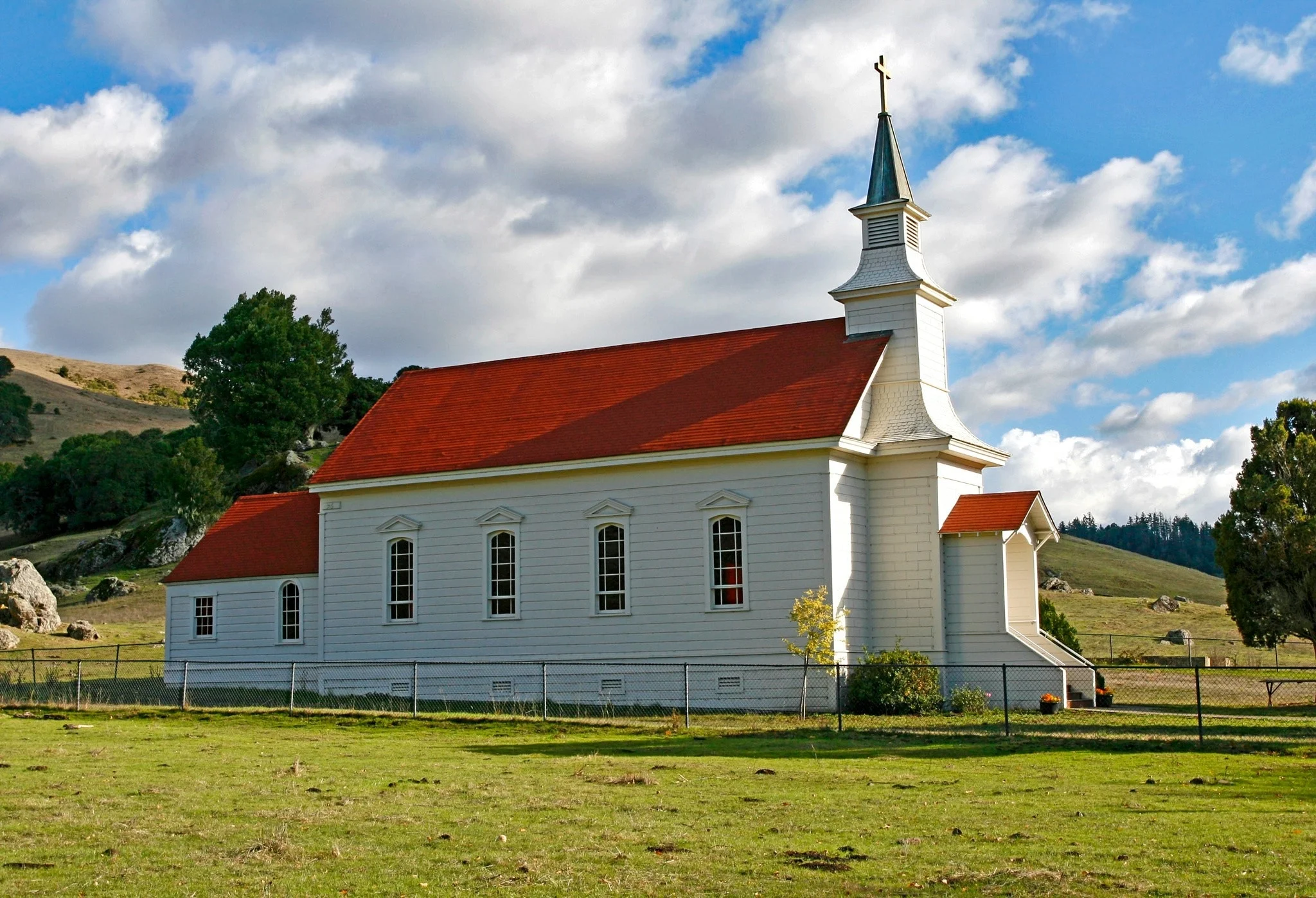Parallel Reformations Concerning Religious Practice and Structures

During the 16th century, the main movement within Western Christians known as the Reformation emerged in response to perceived abuses, errors, and discrepancies within the Catholic fraternity. This movement postured a political and religious trial to the Catholic Ecclesiastical and specifically to papal authority. During the Reorganization, the Western Church was divided into two camps: Protestants and what is recently known as the Roman Catholic Religion also regarded as a milestone in European history, pointing to a period known as Early Modernity. When the reformers of the 16th century emerged from the Roman Catholic Church’s late medieval world, it was a complicated one (Wright, Anthony David, 2017). The Church, especially the pope, had become more engaged in the political affairs of Western Europe throughout the years. The church remained a source of spiritual solace for the vast majority of people. Although there are signs of anticlericalism, the church as a whole has remained faithful. Political authorities attempted to limit the church and public position, which sparked controversy. controversy. Not even the Protestant Reformation in the sixteenth century was revolutionary. Assisi, Valdes, Jan Hus, and John Wycliffe were medieval church reformers who addressed various elements of church life around 1517. As a renowned humanist scholar in the 16th century, Erasmus of Rotterdam advocated for liberal Catholic reform by attacking church superstitions and urging people to imitate Christ as the ultimate moral teacher.
Lutheranism began as a reform movement inside the Roman Catholic Religion throughout the early 1600s in the Holy Roman Territory. Luther Martin, a Bible tutor at the fledgling Wittenberg University, called for a communal discussion concerning several problems inside the Catholic Church, which sparked the Reformation. Due to the backing of essential electors and the extensive use of the printing press, Lutheranism quickly expanded across the Holy Roman Empire. The Protestant Reformation gained momentum as this movement grew across northern Europe. Lutheranism has developed throughout all six continents, starting with Europe (Tys Agnieszka, Teresa, p. 233-235). It was somewhat successful in carrying on the Pietism movement’s desire to correct societal wrongs and emphasize individual sanctification.
As a result of the Reformation in the 16th century, Protestantism developed with doctrines such as rationalization by grace alone through Religion, the priest of all Christians, and the superiority of Sacred Scripture in matters of Religion and order in addition to those found in the ancient Christian creeds. Protestants have differing views on the number of “sacraments of the Gospel,” such as immersion and Holy Communion. (Lachman et al., 2919 p. 56-92). This meant they were doomed to eternal damnation and a hellish present. In addition to this, the Bible painted an image of a caring and forgiving God who wants the best for all of His creatures.

Thirteen cantons remained neutral during the Three Decades’ Struggle, thanks in part to all the major European countries’ need for Swiss soldiers and their unwillingness to let Switzerland be taken over by one of its competitors. It wasn’t until 1620 that The Three League teams of Grisons joined the Confederacy, although they had lost the Valtellina region between 1623 and 1639. The Swiss cantons had enjoyed a period of relative political peace after the bloody wars of the 15th century. Despite this, the Swiss Confederacy had many of the same issues as the Church of England (Szarka, Eveline,2020, p. 1-17). There were many clerics and members of the Church who lived extravagant lives in contrast to the plight of most of the people.
Conclusively, Reformation laid the ground for the emergence of Protestantism, as one of the 3 primary Christian denominations. Due to changes in fundamental Christian beliefs brought about by the Reformation, Western Christendom was split between Catholic Religion and new Protestant traditions.
Works Cited
Lachmann, Richard. “2. State, Church, and the Disestablishment of Magic: Orthodoxy and Dissent in Post-Reformation England and France.” The Production of English Renaissance Culture. Cornell University Press, 2019. 56-92.
Szarka, Eveline. “The devil behind the eyes: melancholy, imagination, and ghosts in Post-Reformation Switzerland.” History of European Ideas (2020): 1-17.
Tys, Agnieszka Teresa. “Interdisciplinary Scientific Conference Evangelical upbringing and education in the 16th and 17th centuries.” Biuletyn Historii Wychowania 39.1: 233-235.
Wright, Anthony David. The counter-reformation: Catholic Europe and the non-Christian world. Routledge, 2017.






